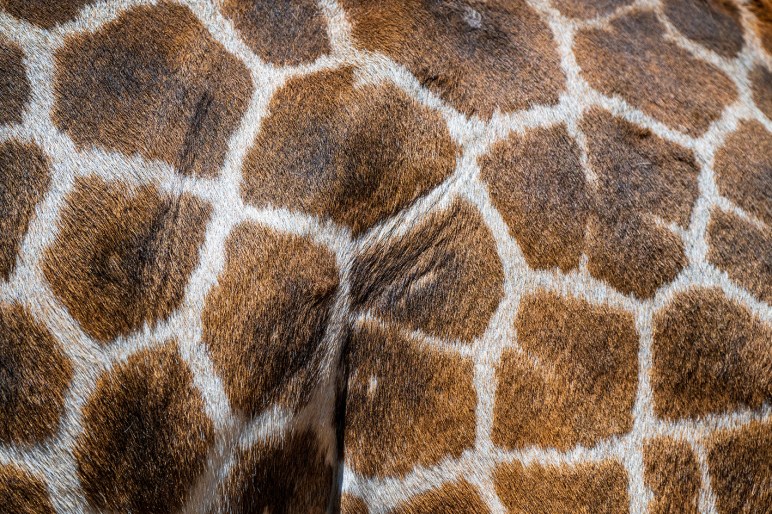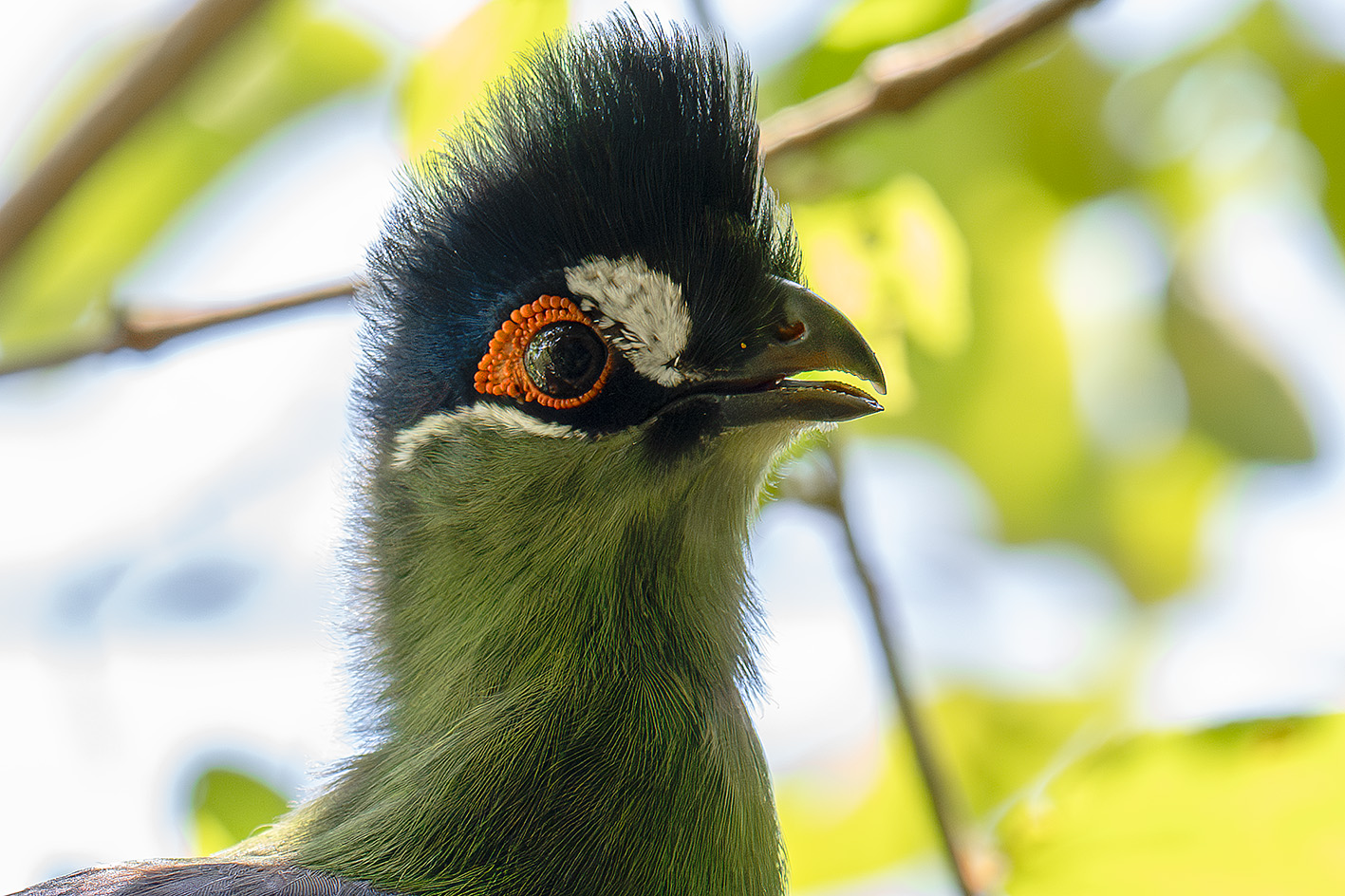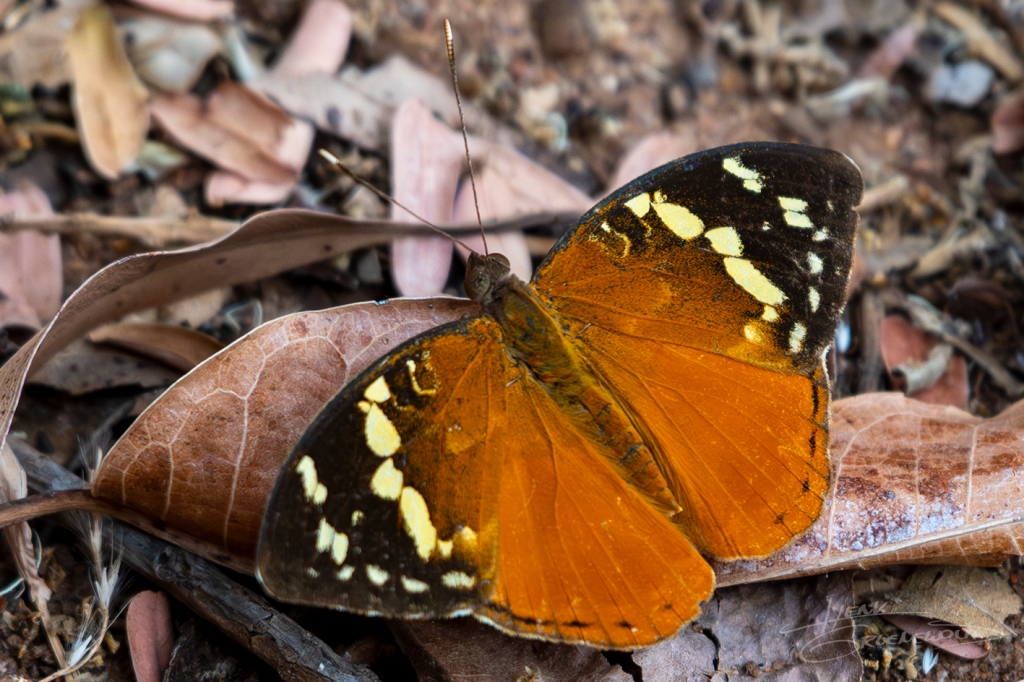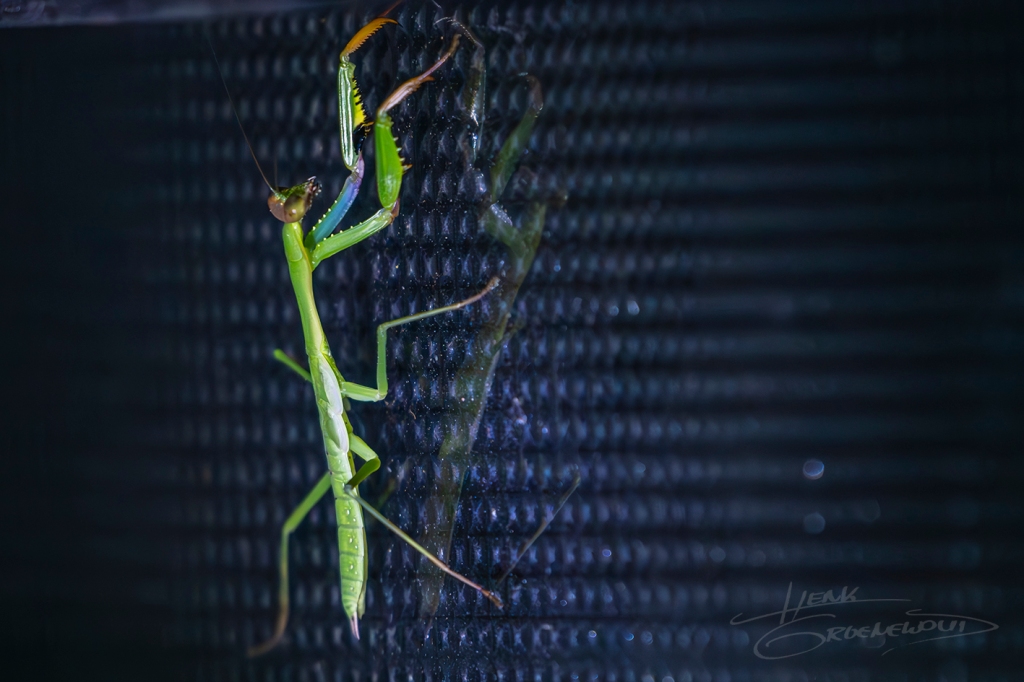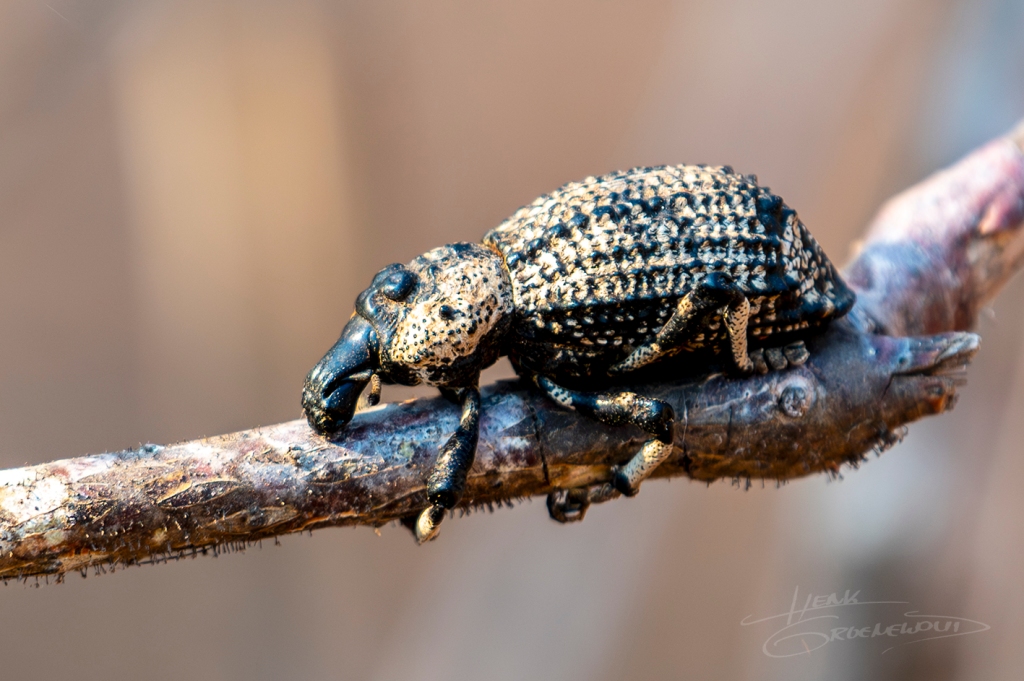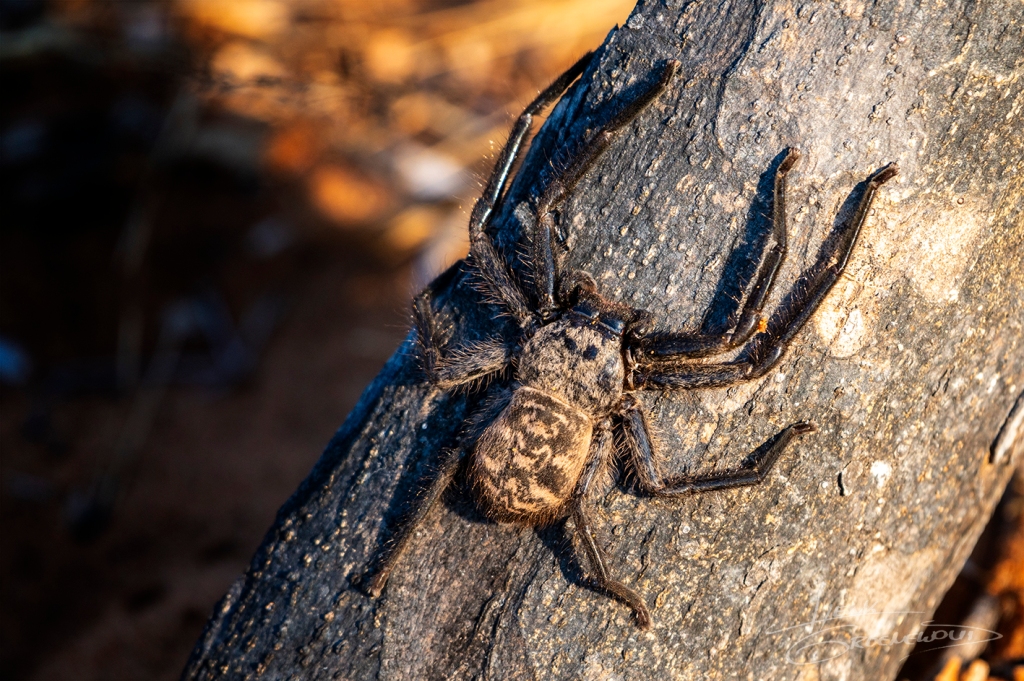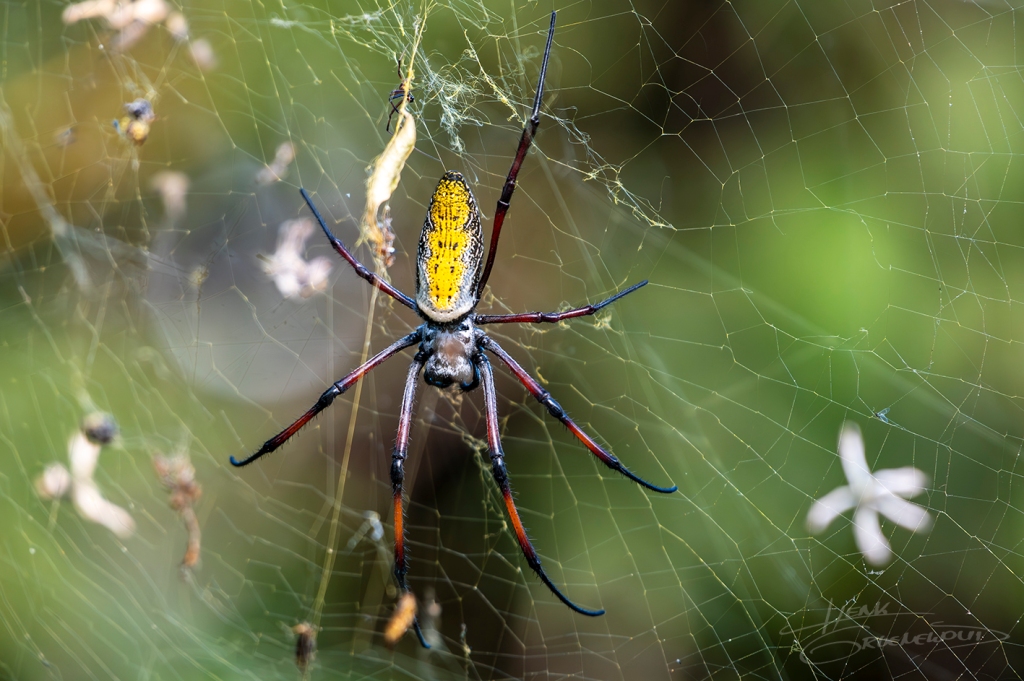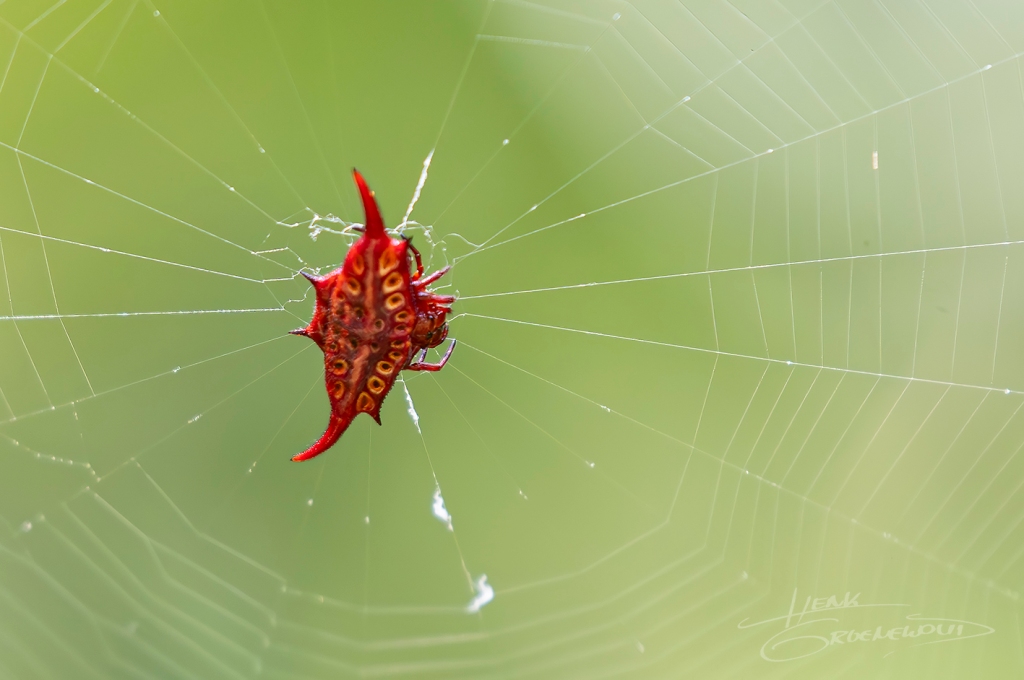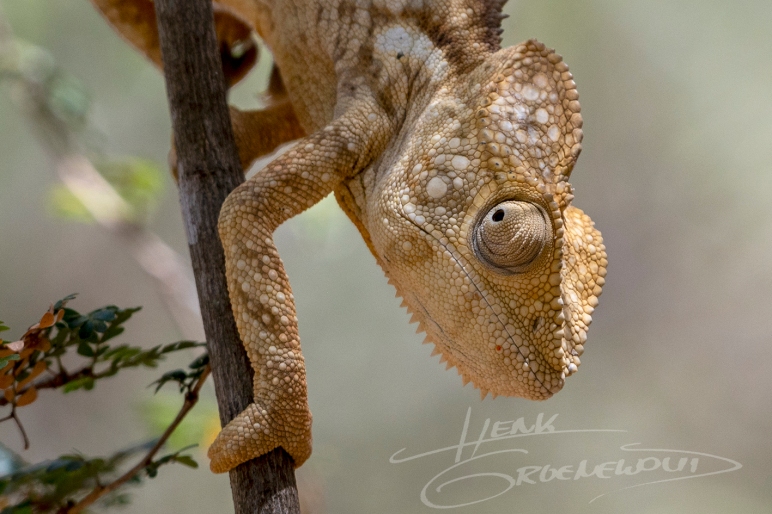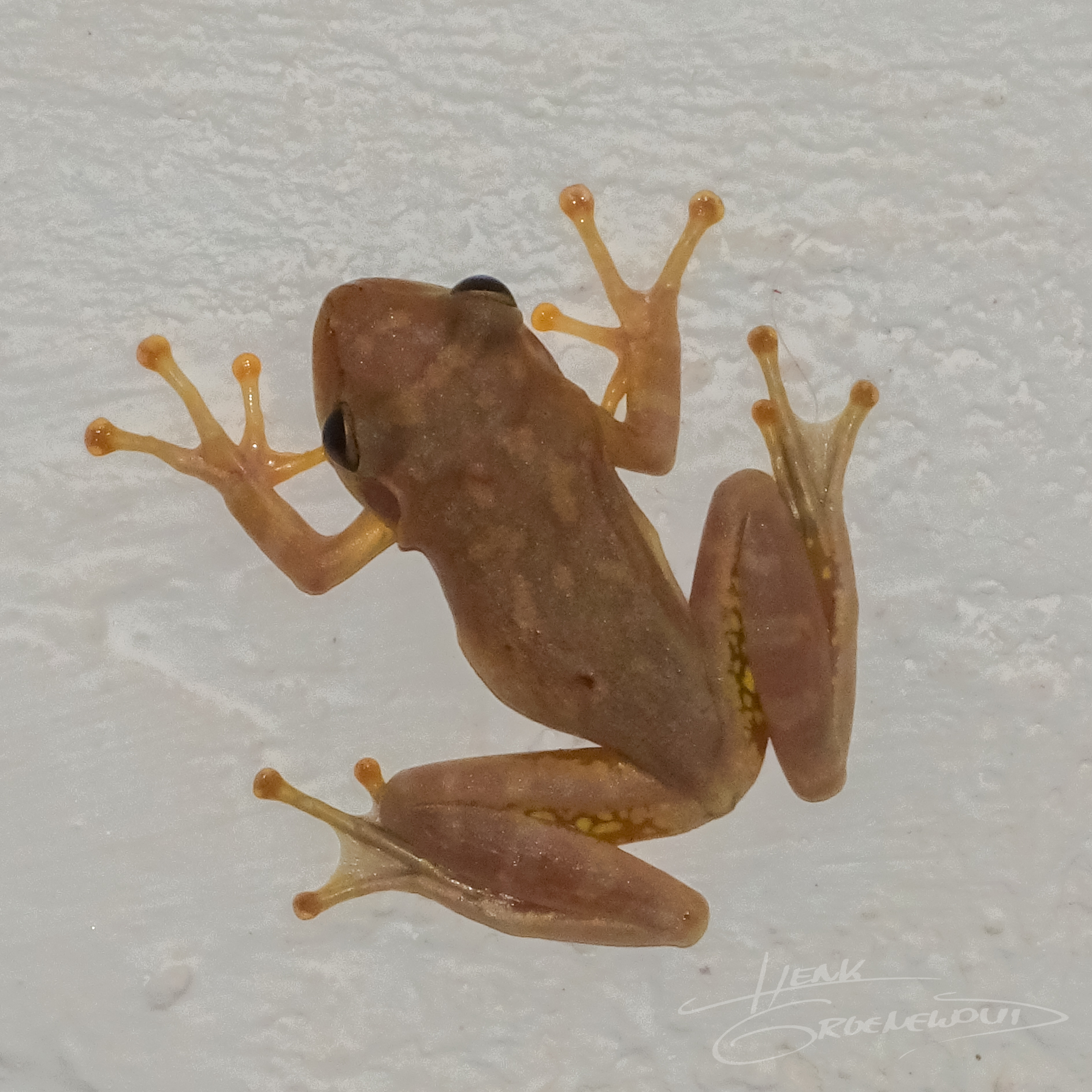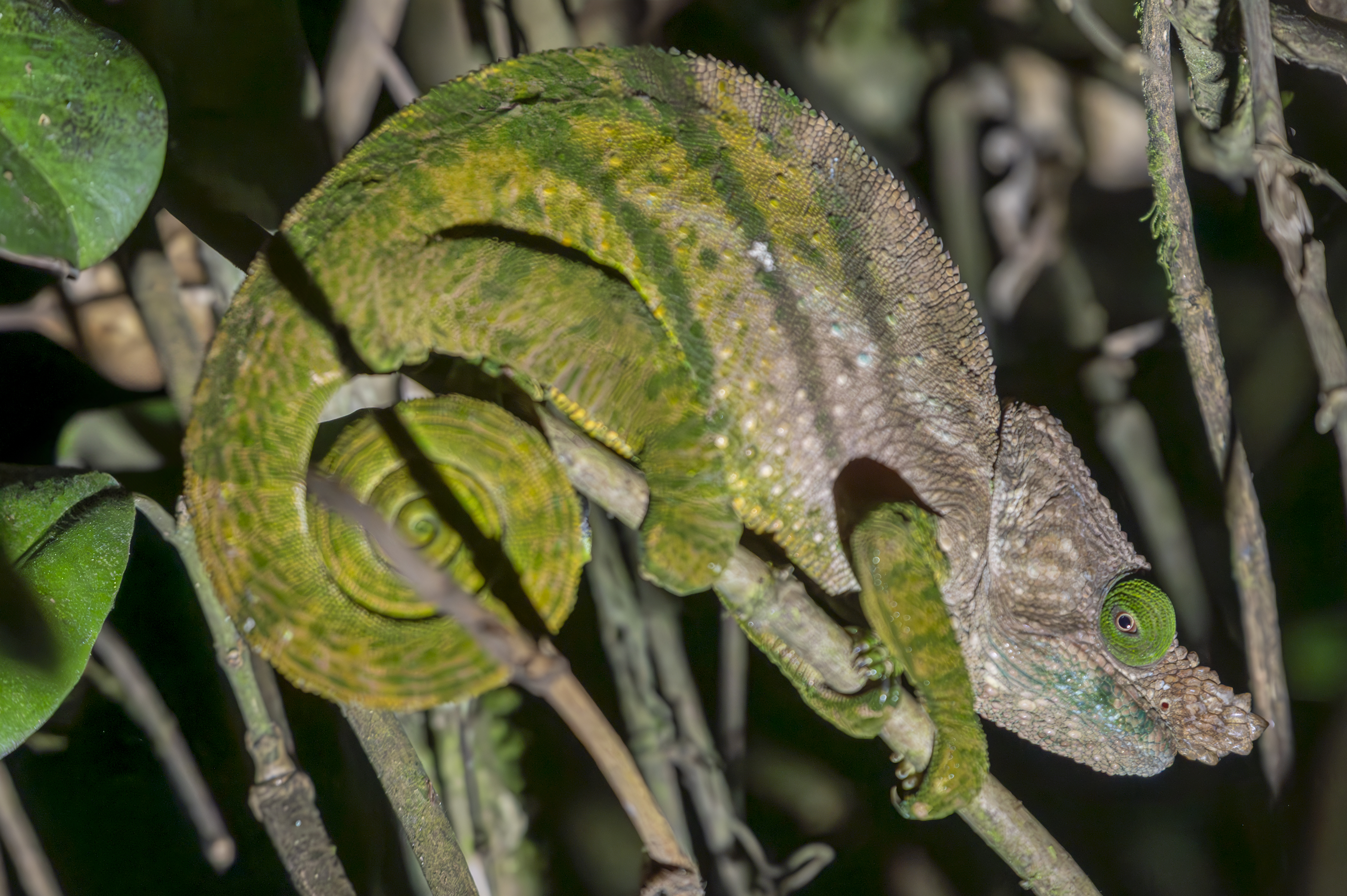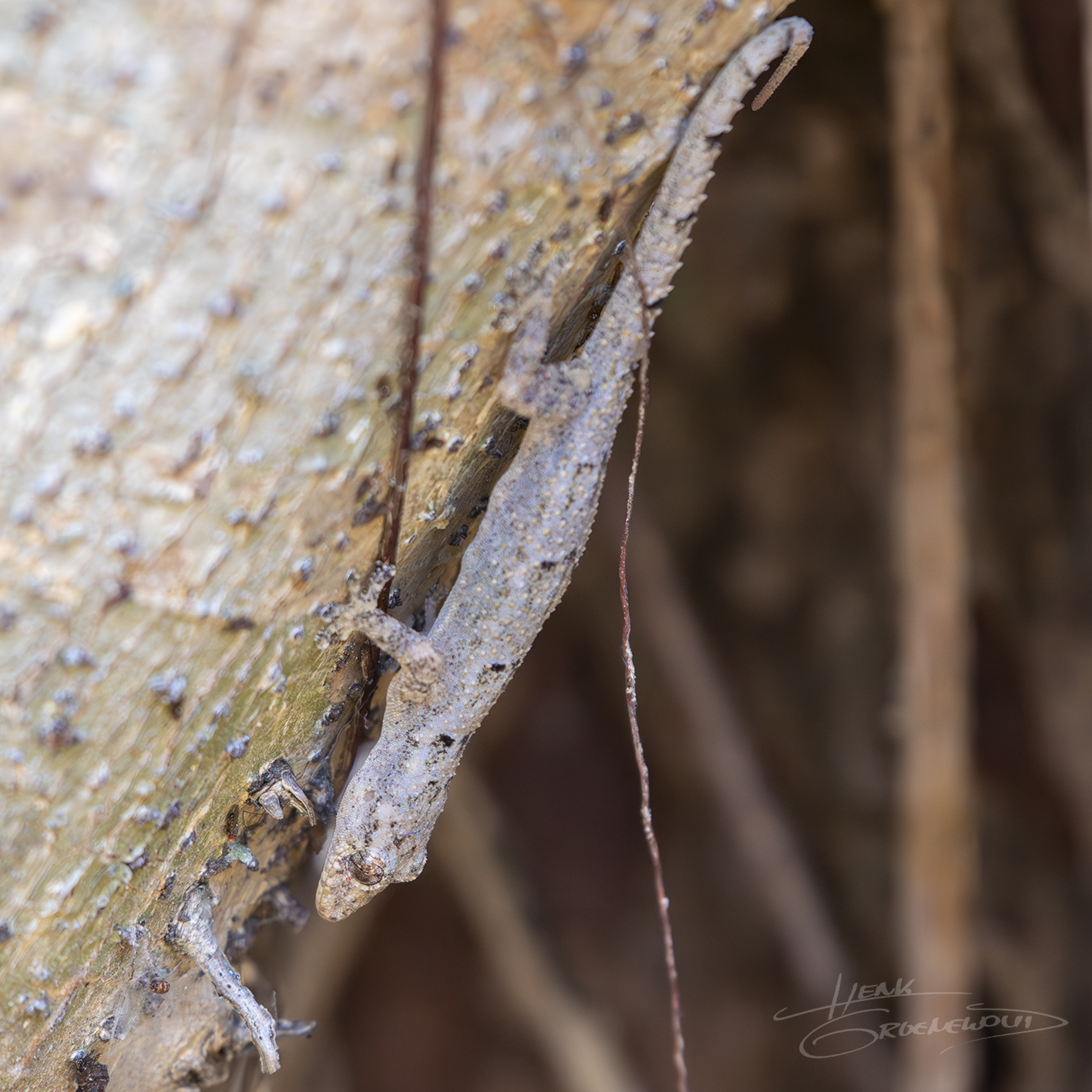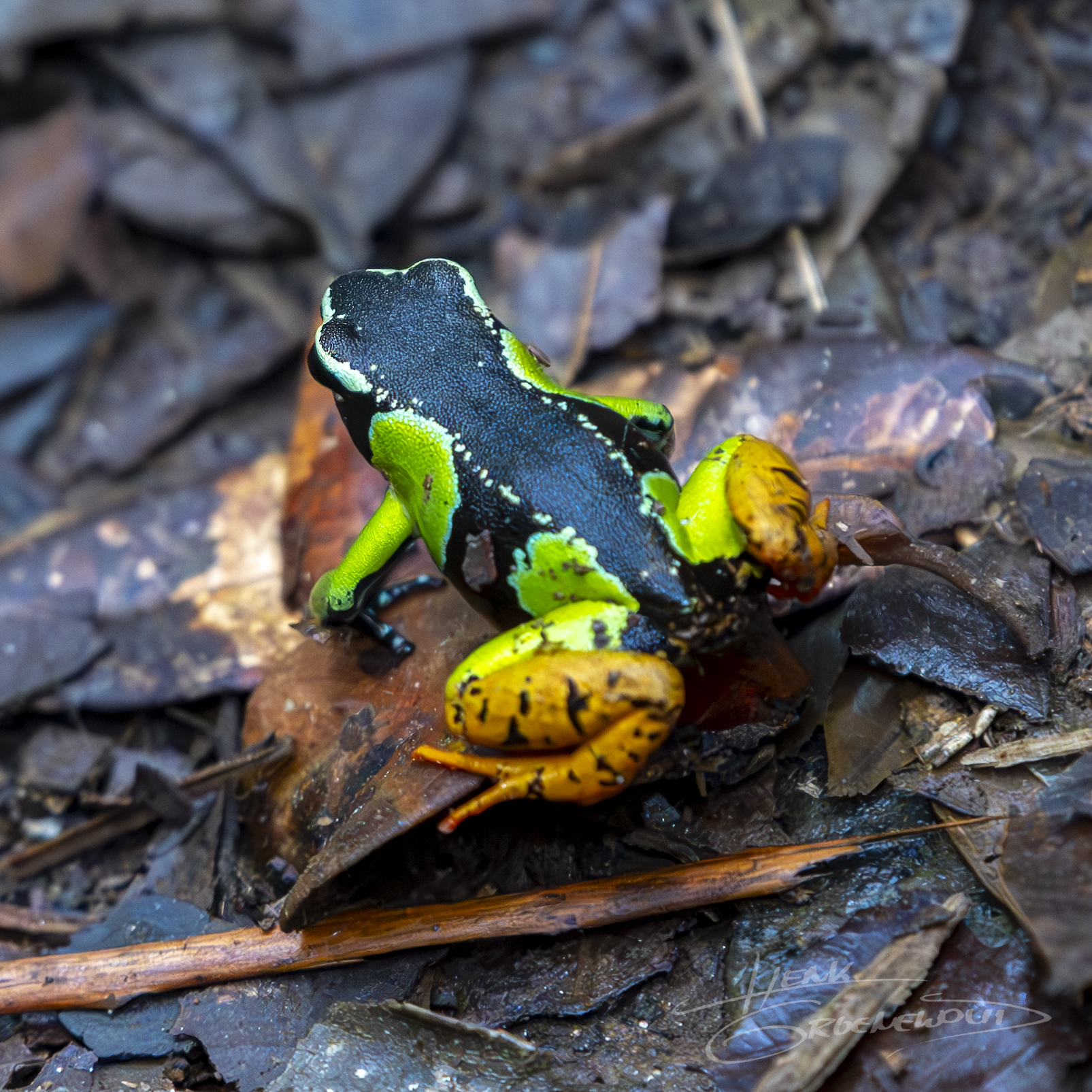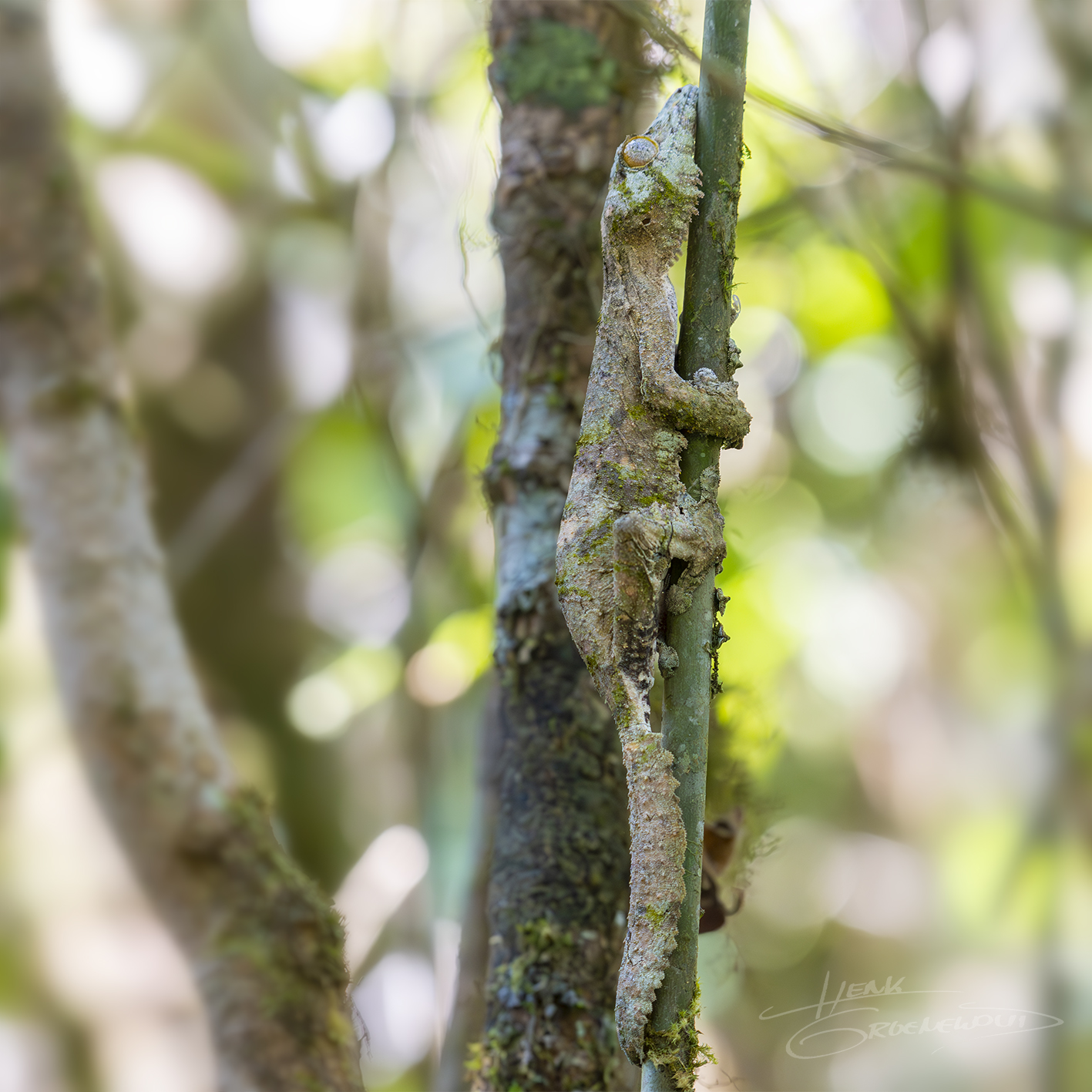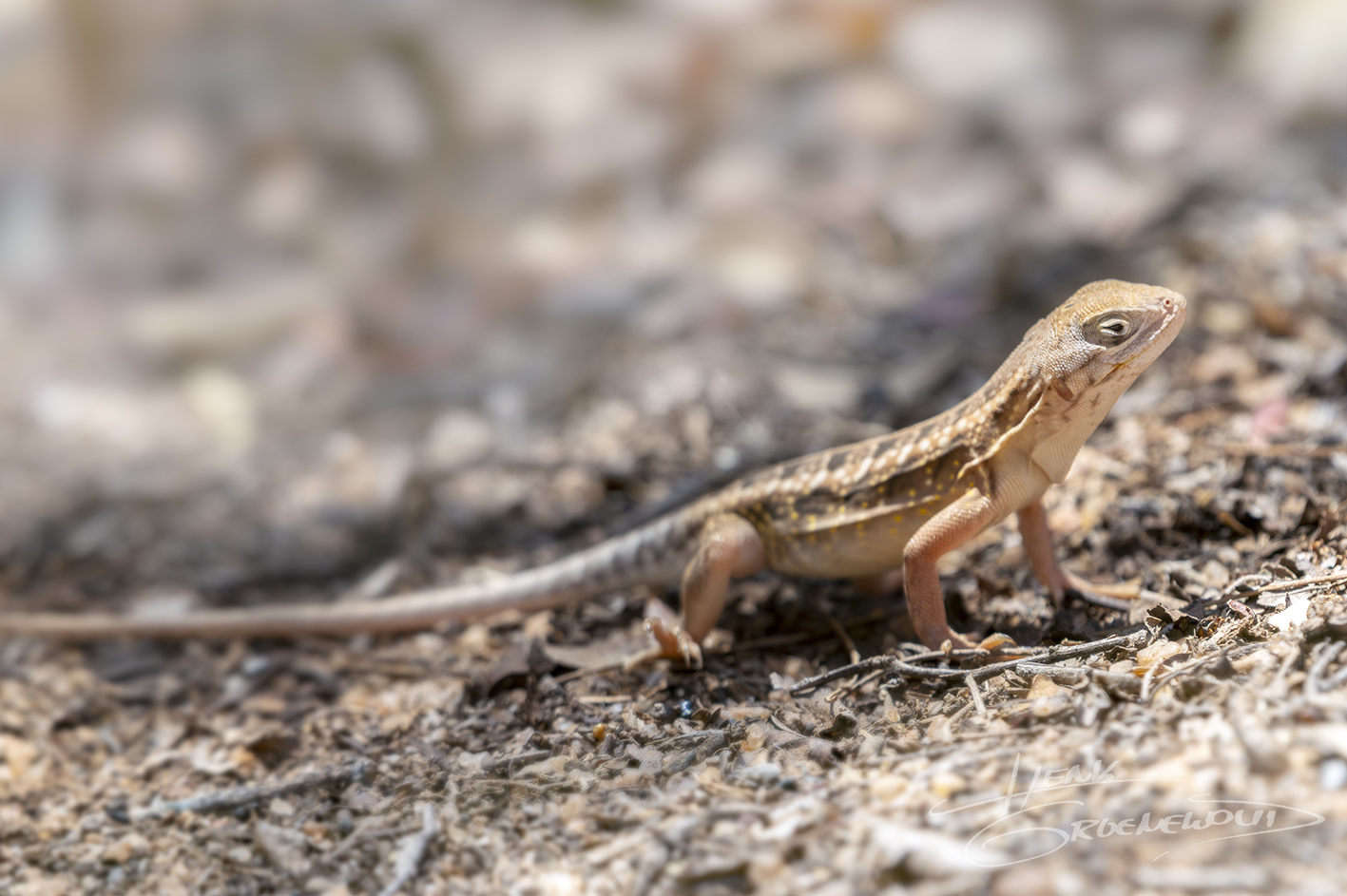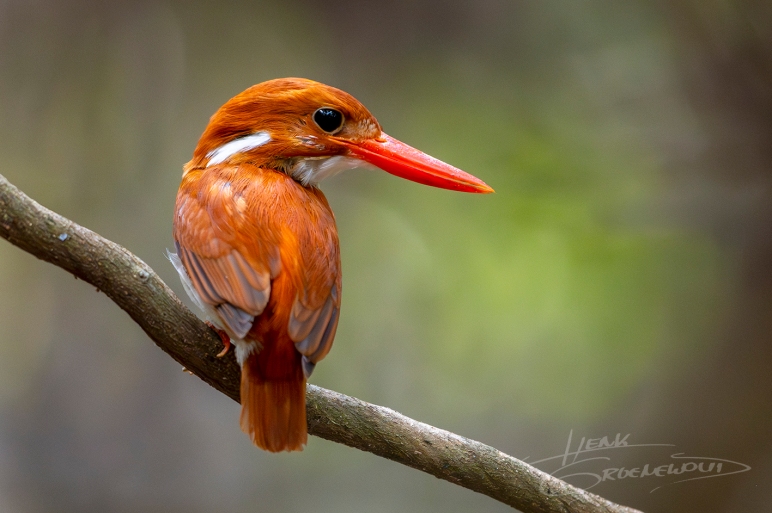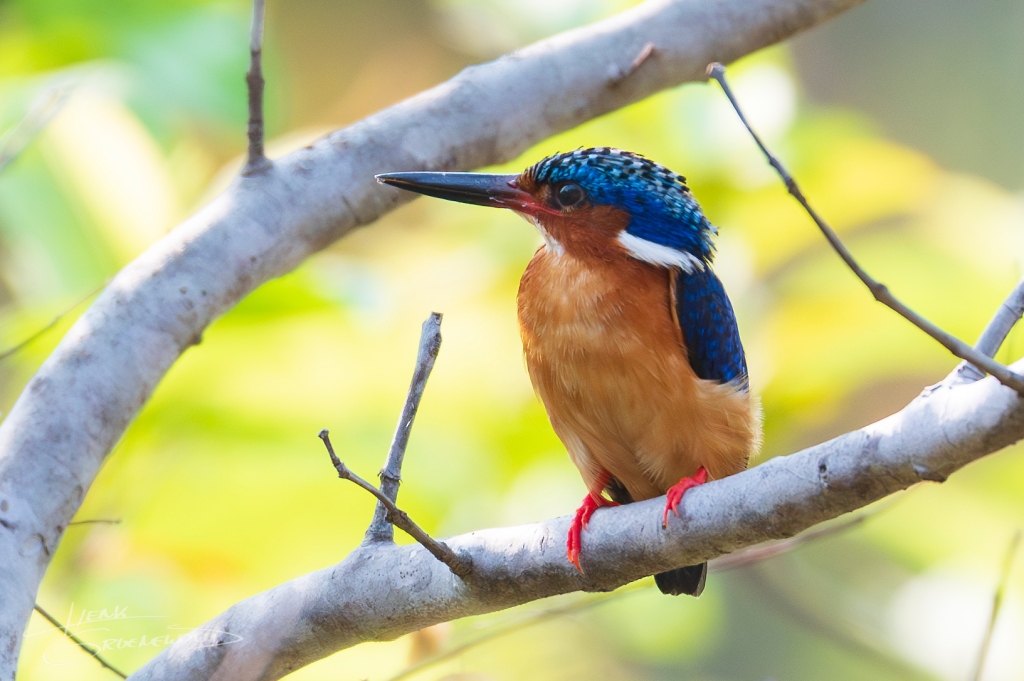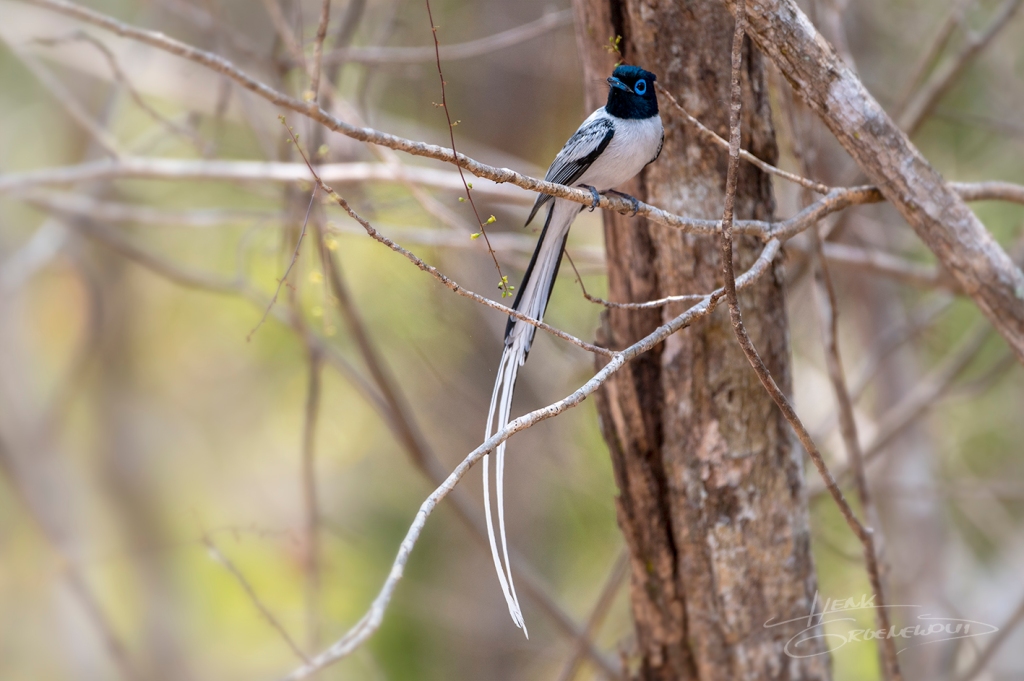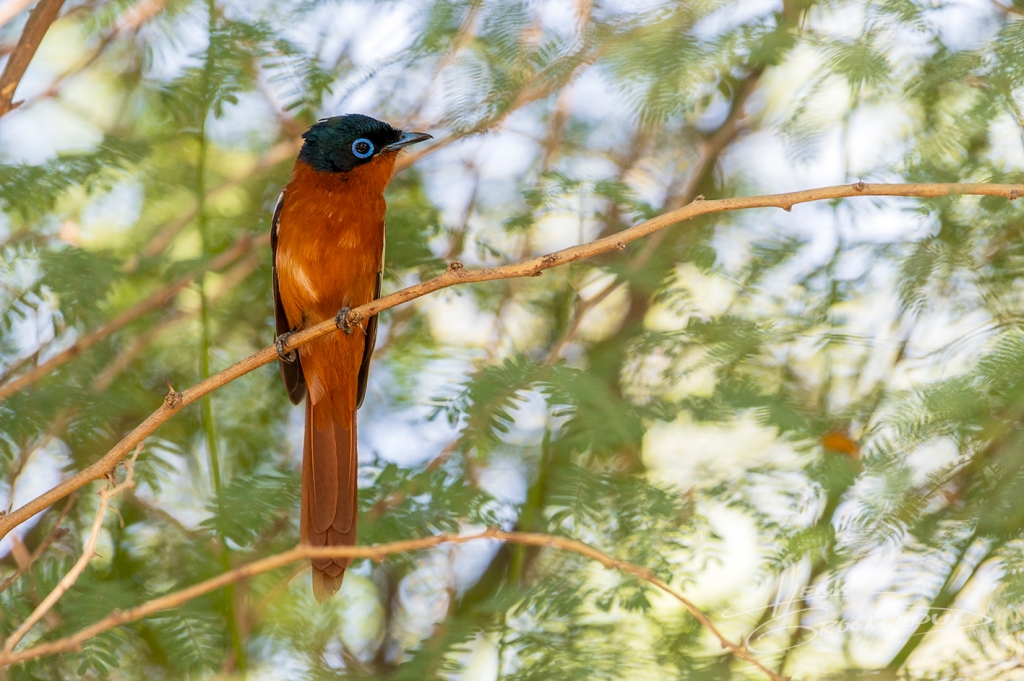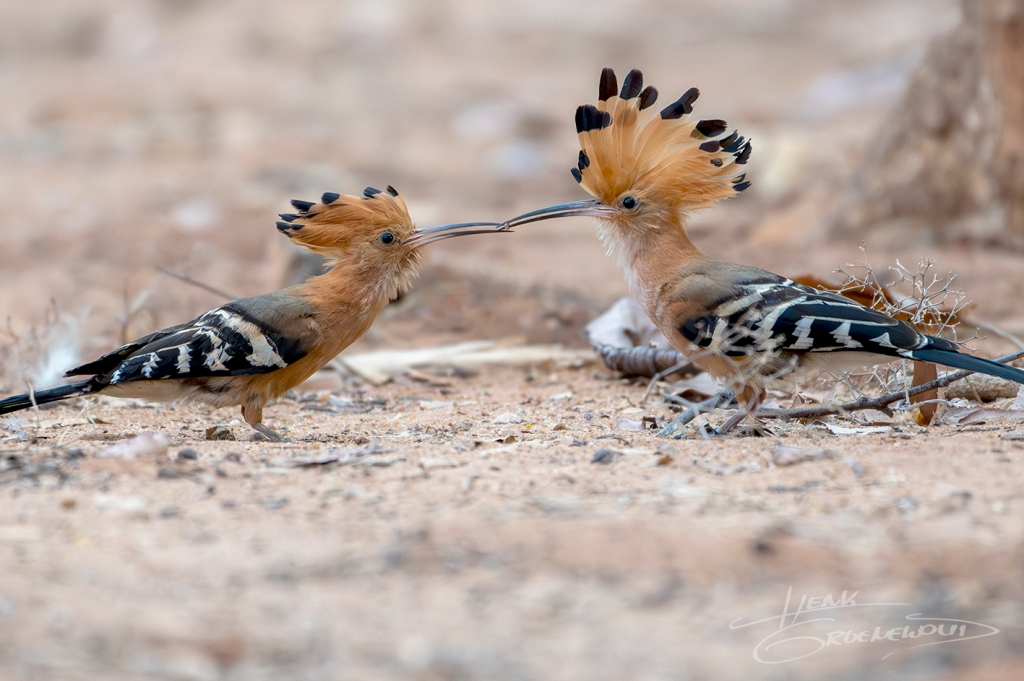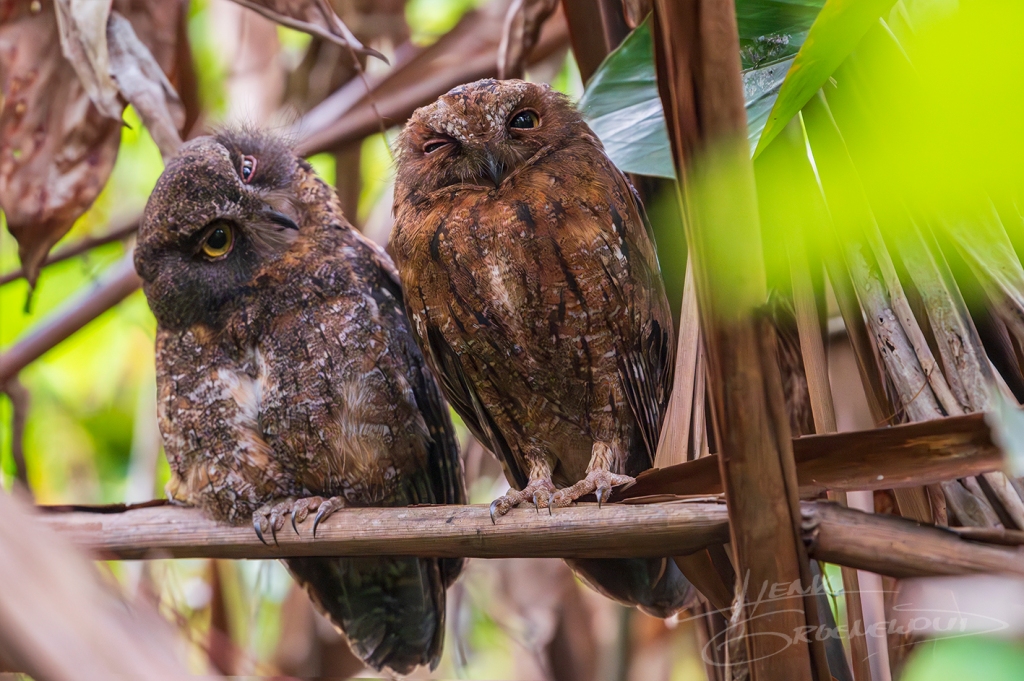Verder in Kenya, naar Lake Naivasha, Limuru. Op de heenweg langs de indrukwekkende Rift gereden – dezelfde breuk van een jaar of 10 geleden, in Ethiopië. Door een aardbeving zijn het ondergrondse waterlopen langs de Rift Valley (de grote Afrikaagse slenk) verstopt geraakt. Met als gevolg dat de meren niet meer afwateren. Want tja, ook hier regent het wel eens.
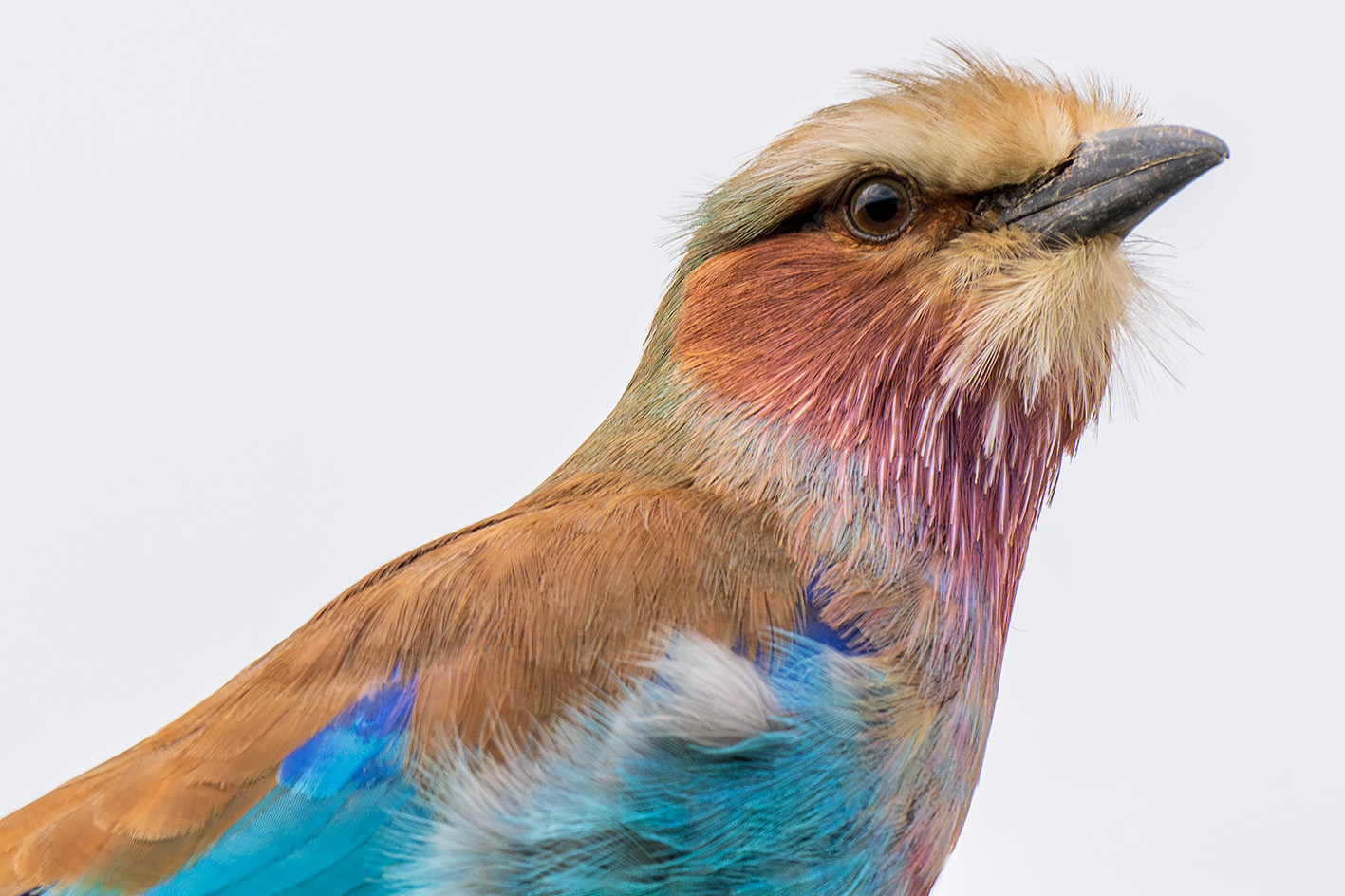




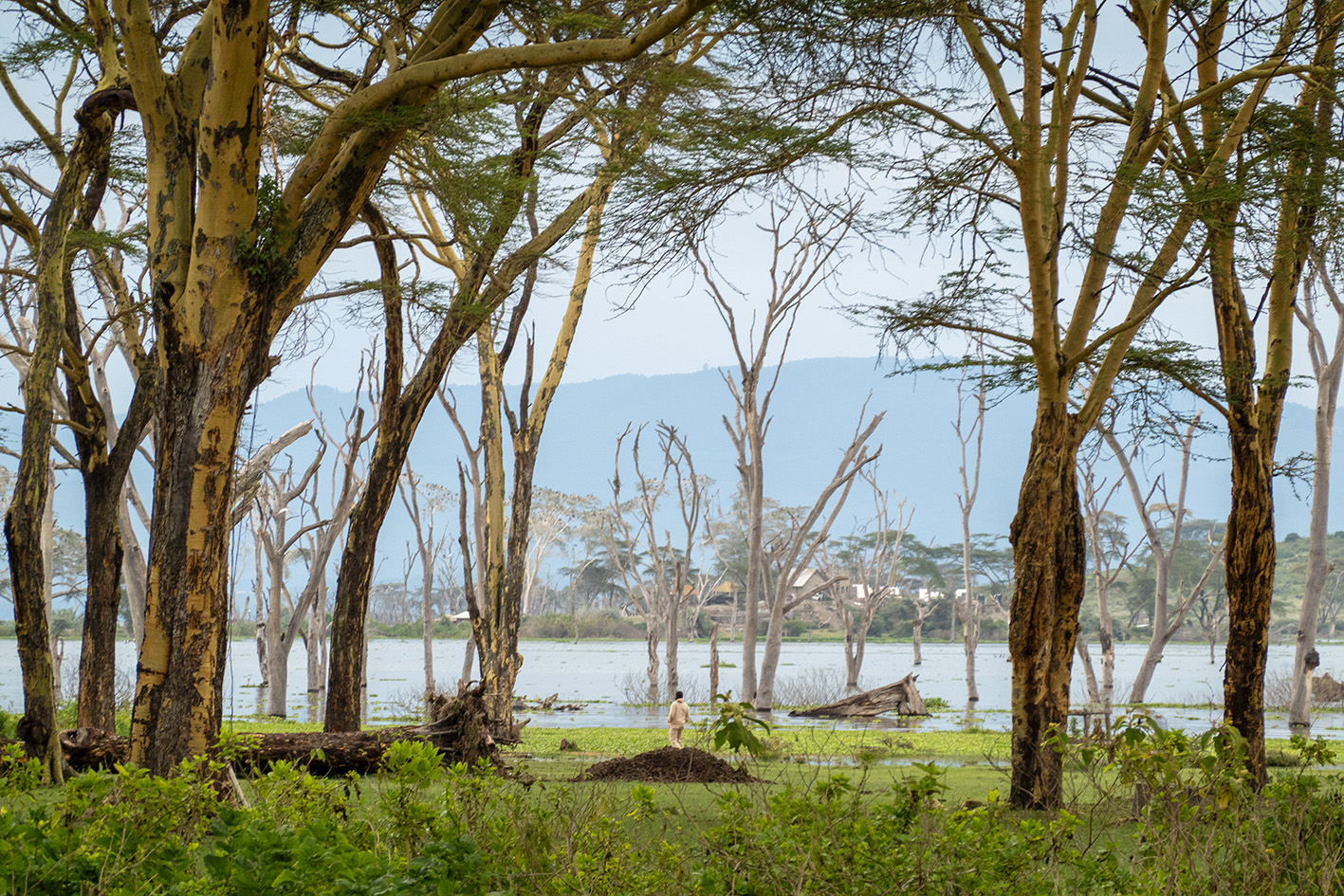



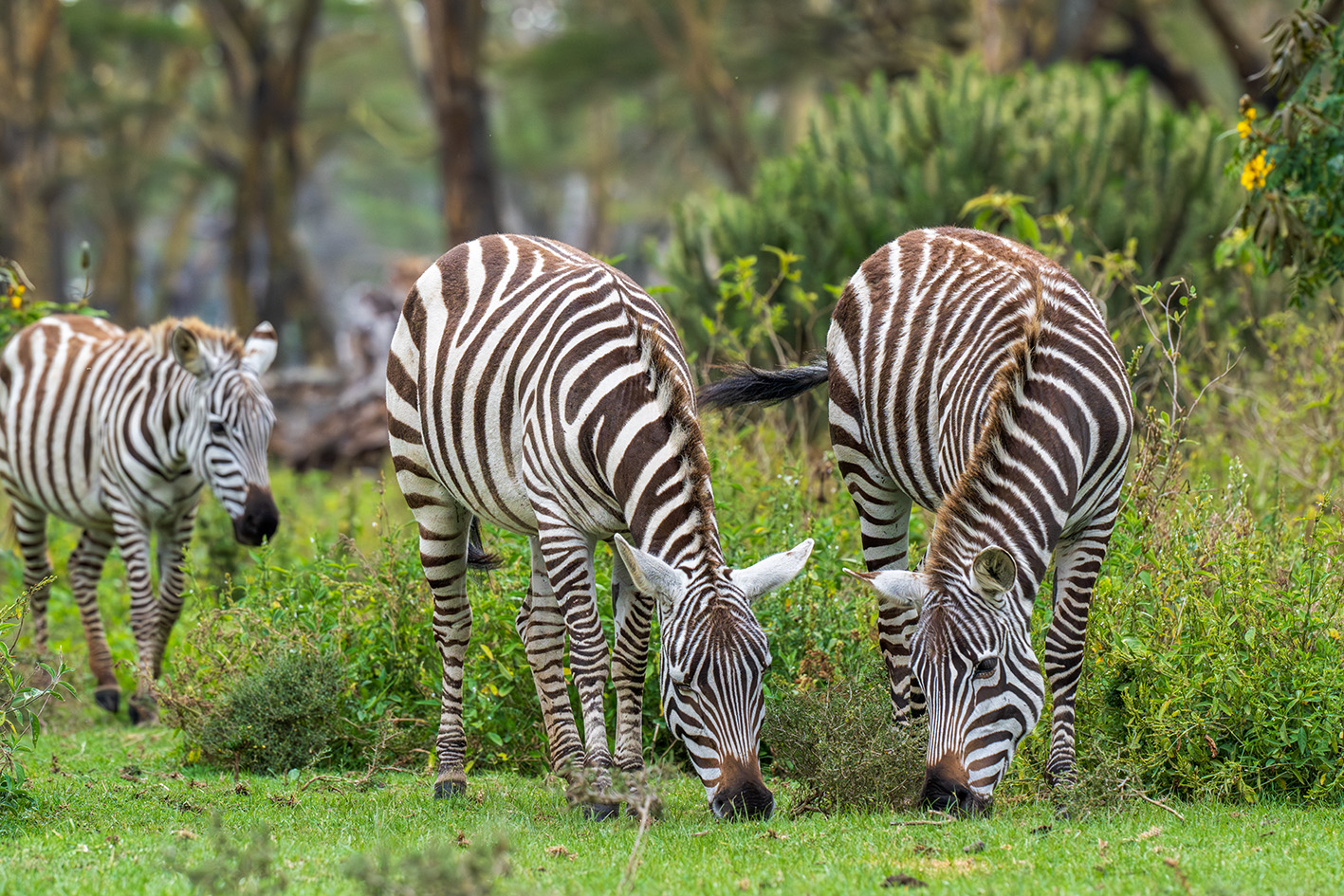
In een verbazingwekkend snel tempo stijgt elk jaar de waterspiegel. Bossen en dorpen lopen onder, landbouwgrond gaat verloren…








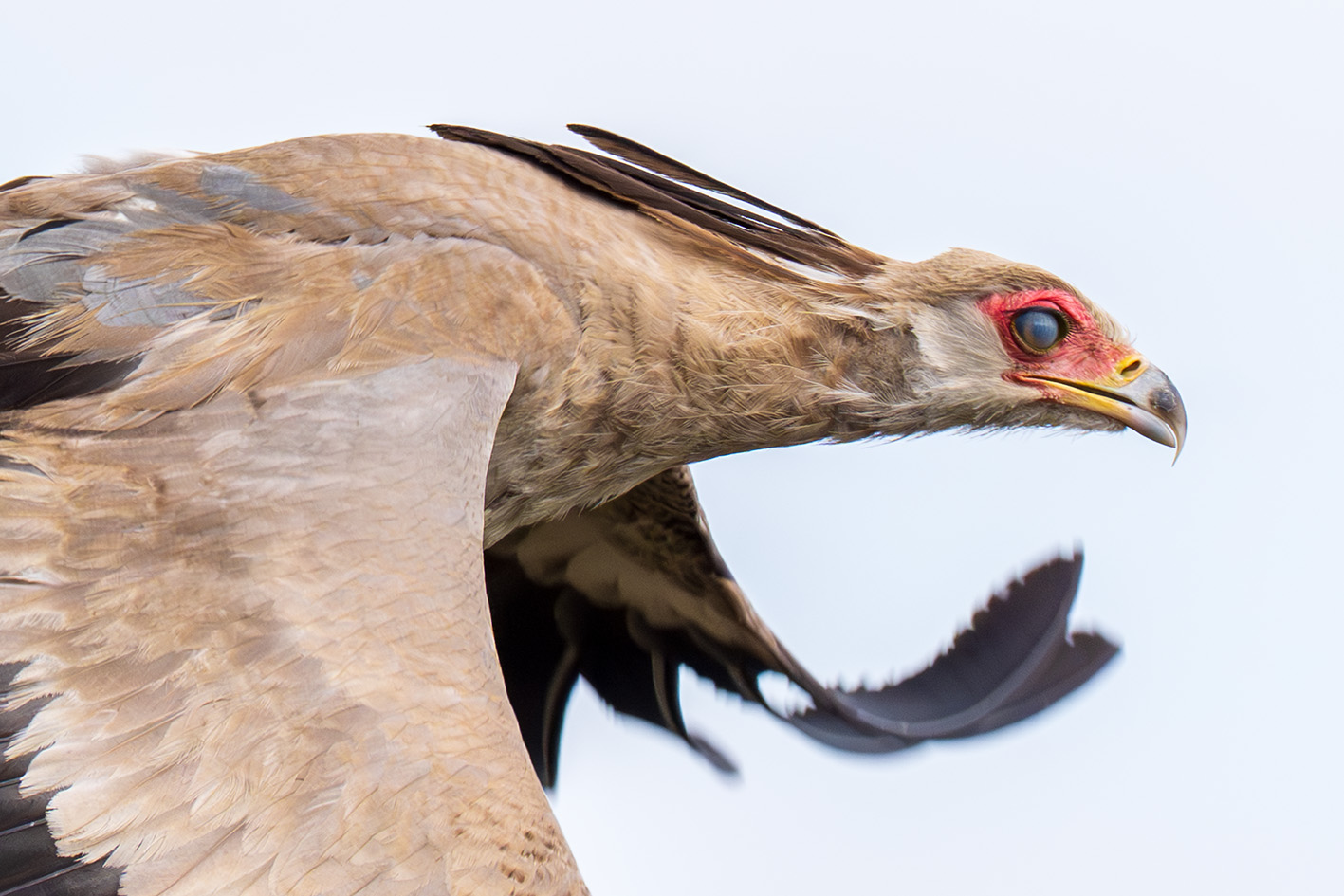




Enorm veel dieren deze eerste dagen. Meest indrukwekkend misschien wel de hyena’s met jongen – toen een groep toeristen te dichtbij kwam, verlieten ze hun burcht om de aandacht af te leiden














Vorkstaartscharrelaar (Lilac-breasted roller – Coracias caudatus
Afrikaanse lepelaar (African spoonbill – Platalea alba)
Hamerkop (Scopus umbretta)
Steppezebra (Common zebra – Equus quagga)
Domincaner wida (Pin-tailed whydah – Vidua macroura)
Roodborsthoningzuiger (Scarlet-chested sunbird – Chalcomitra senegalensis)
Secetarisvogel (Secretarybird – Sagittarius serpentarius)
Grijsgroene specht (Grey woodpecker – Dendropicos gaertae)
Impala (Aepyceros melampus)
Defassawaterbok (Defassa waterbuck – Kobus e. defassa)
Gevlekte hyena (Spotted hyena – Crocuta crocuta)
Netgiraf (Reticulated giraffe – Giraffa c. reticulata)
Driekleurige glansspreeuw (Superb starling – Lamprotornis superbus)
Smidsplevier (Blacksmith lapwing – Vanellus armatus)
Heilige ibis (Sacred ibis – Threskiornis aethiopicus)
Pijlpuntbabbelaar (Arrow-marked babbler – Turdoides jardineii)
Sporenkievit (Spur-winged lapwing – Vanellus spinosis)
Nimmerzat (Yellow-billed stork – Mycteria ibis)
Langteenkievit (Long-toed lapwing – Vanellus crassirostris)
Reuzenreiger (Goliath heron – Ardea goliath)
Lelieloper (African jacana – Actophilornis africanus)
Hadada ibis (Bostrychia hagedash)
Afrikaanse zeearend (African fish-eagle – Haliaeetus vocifer)

